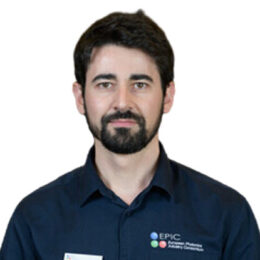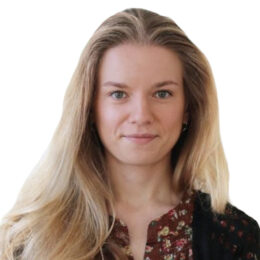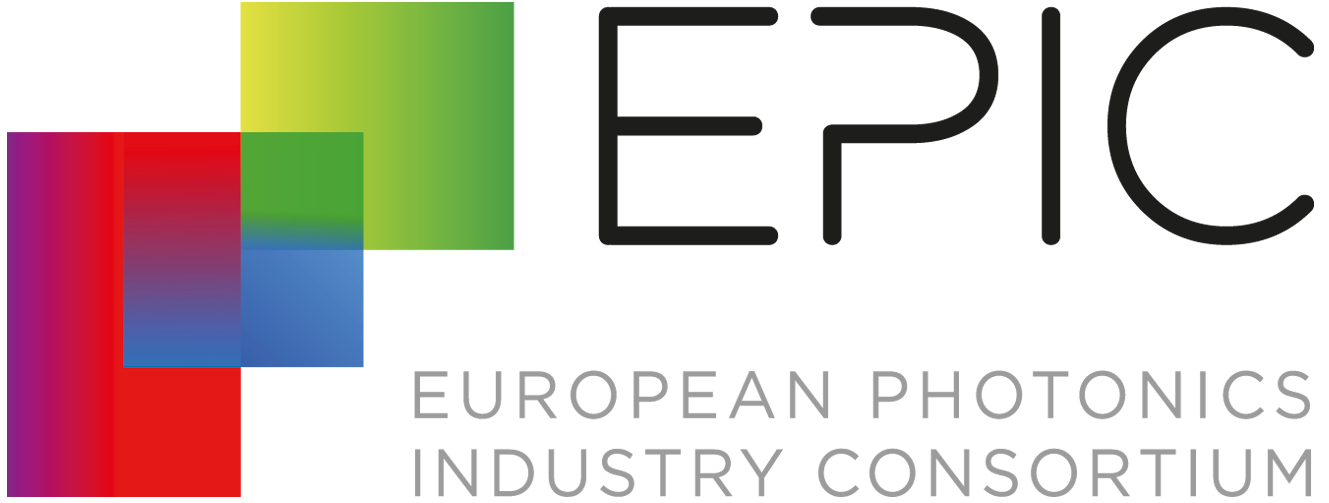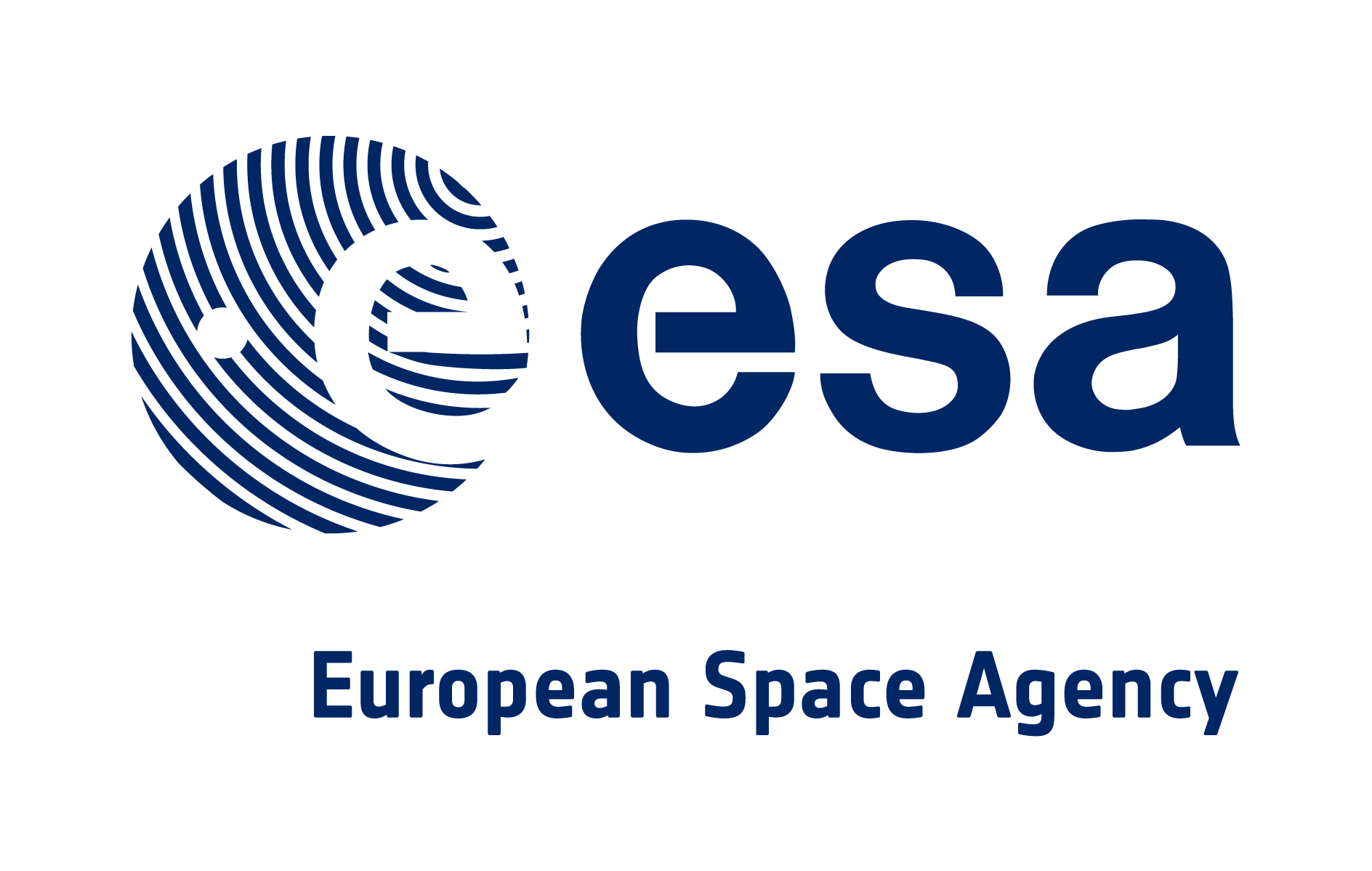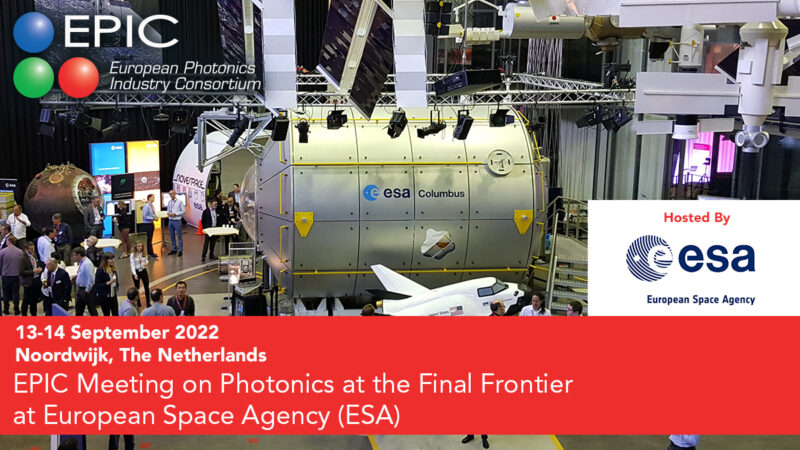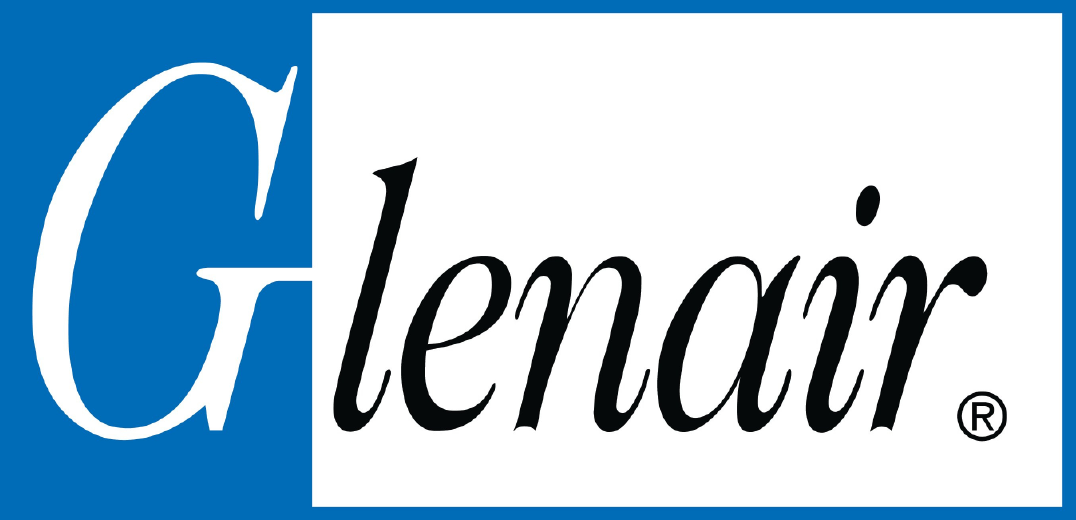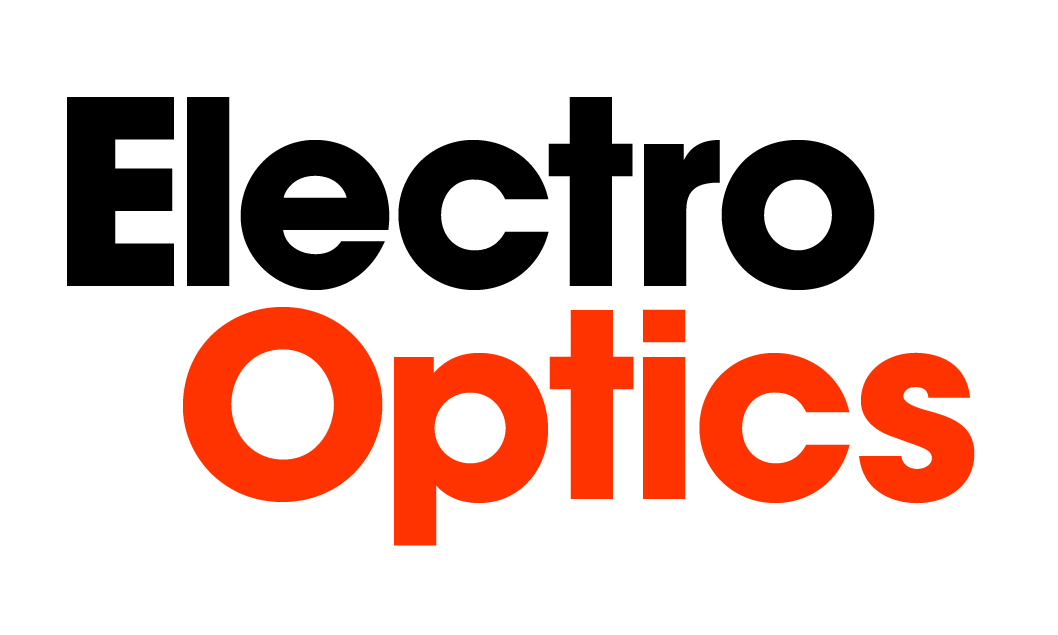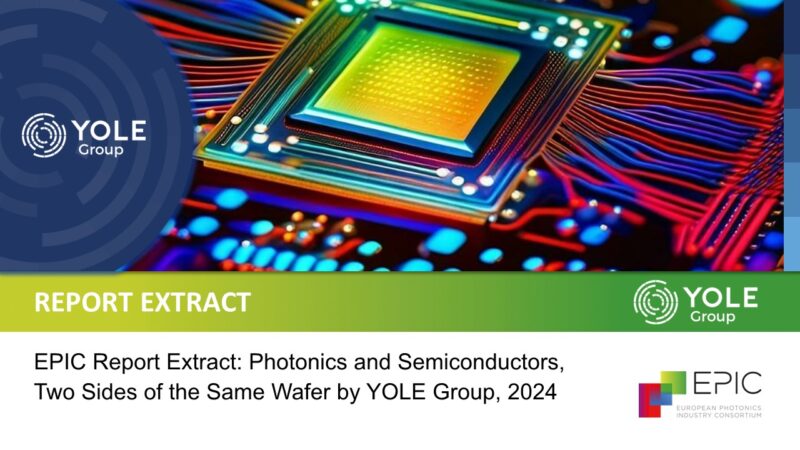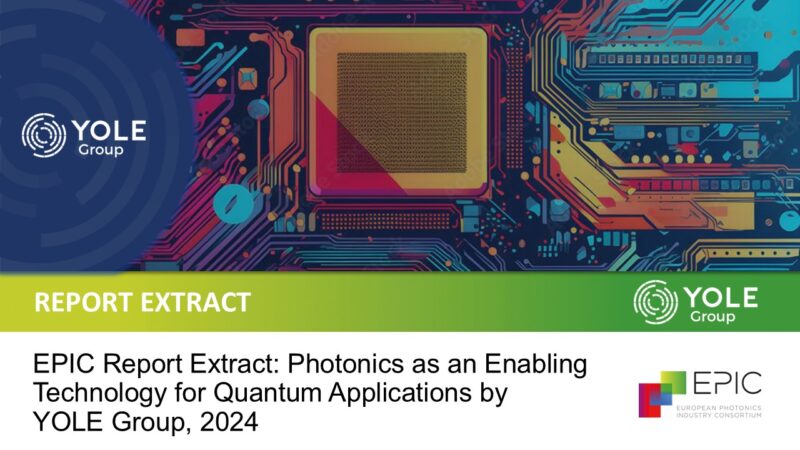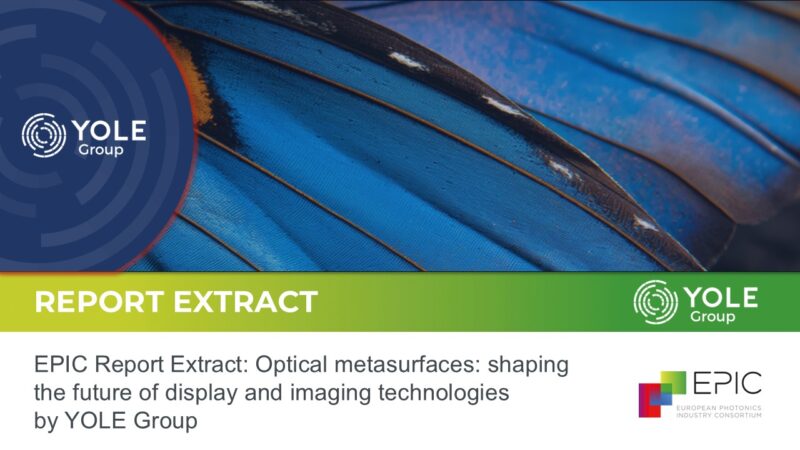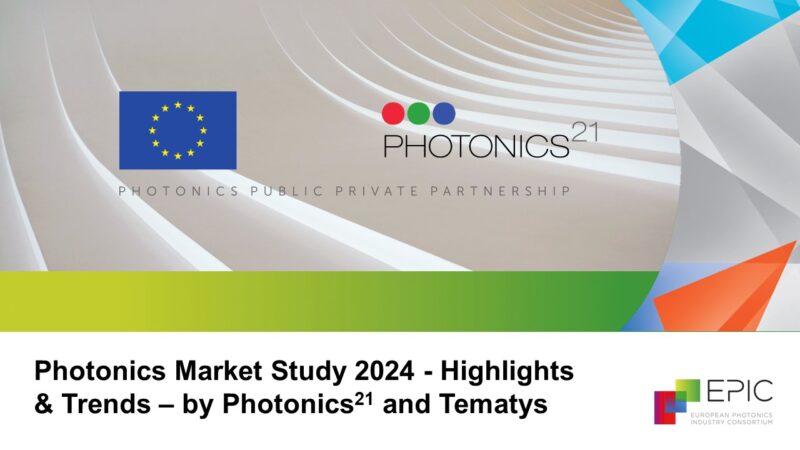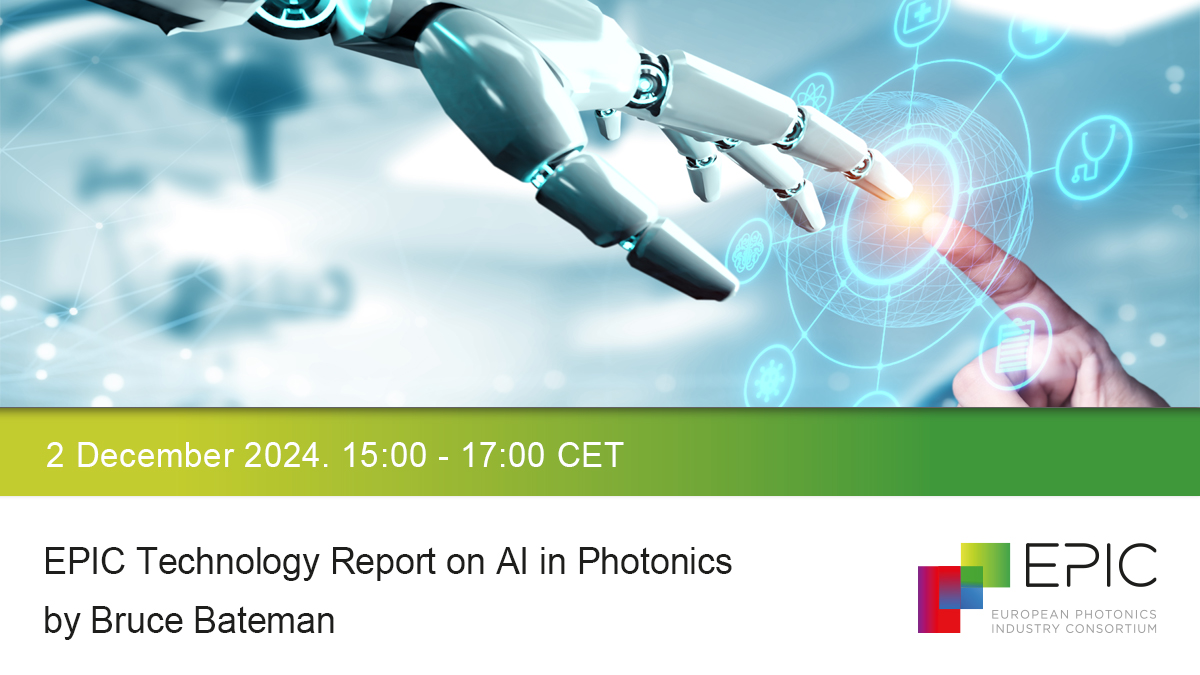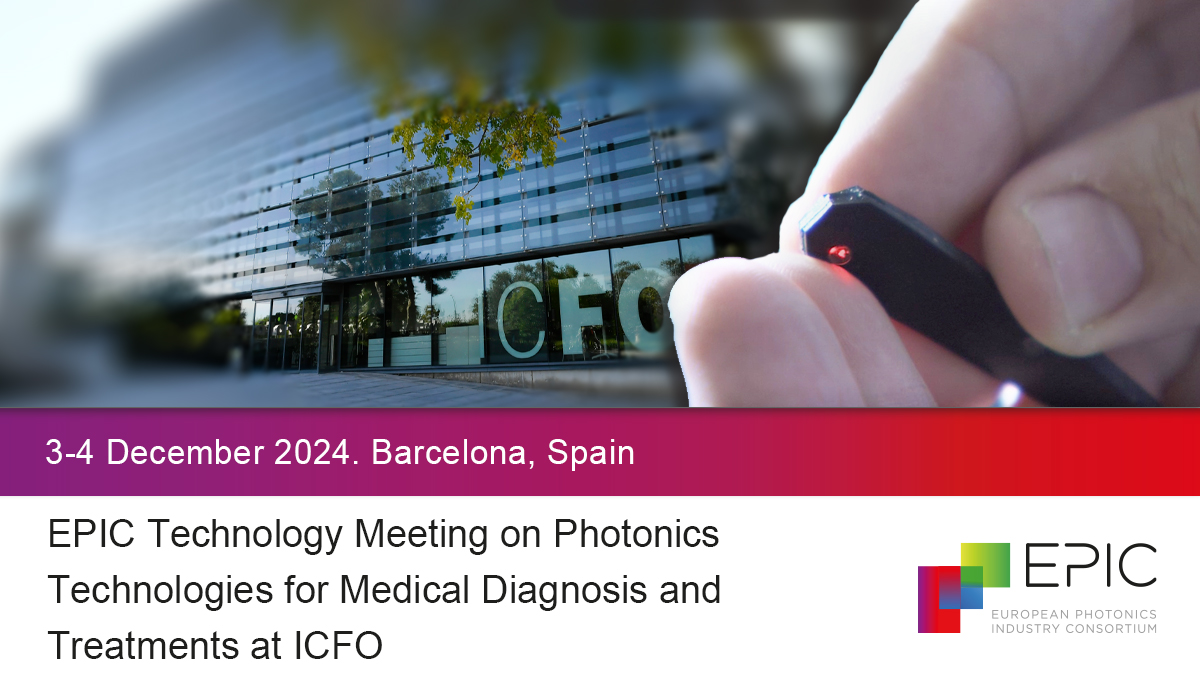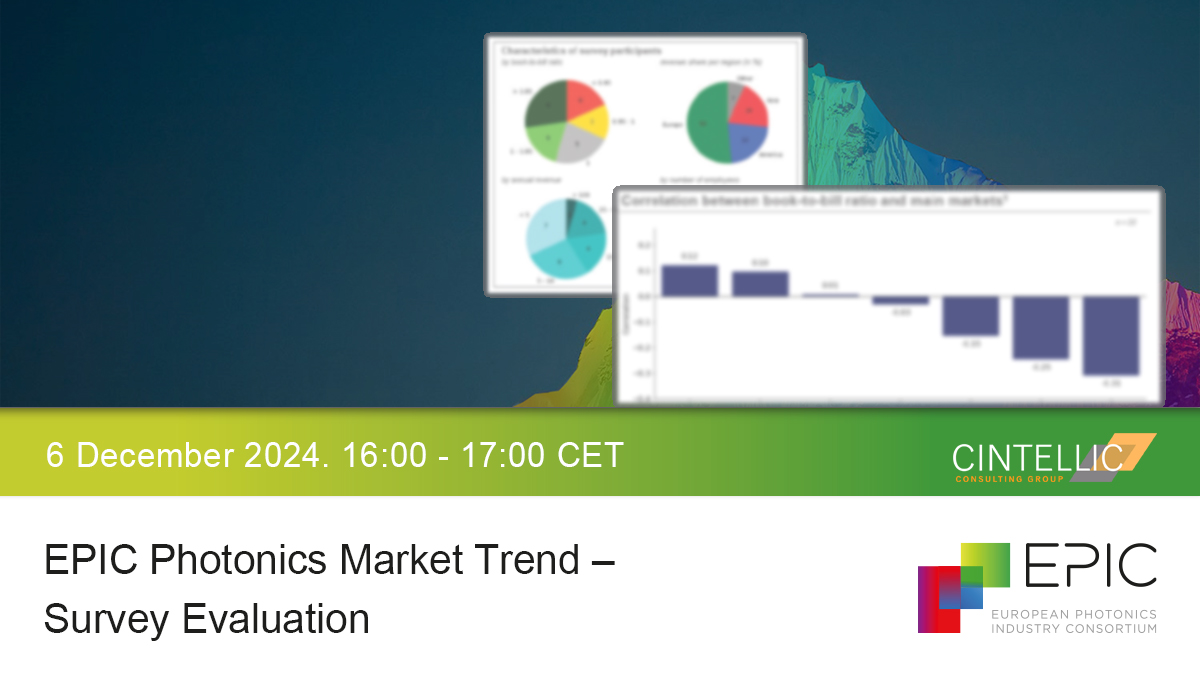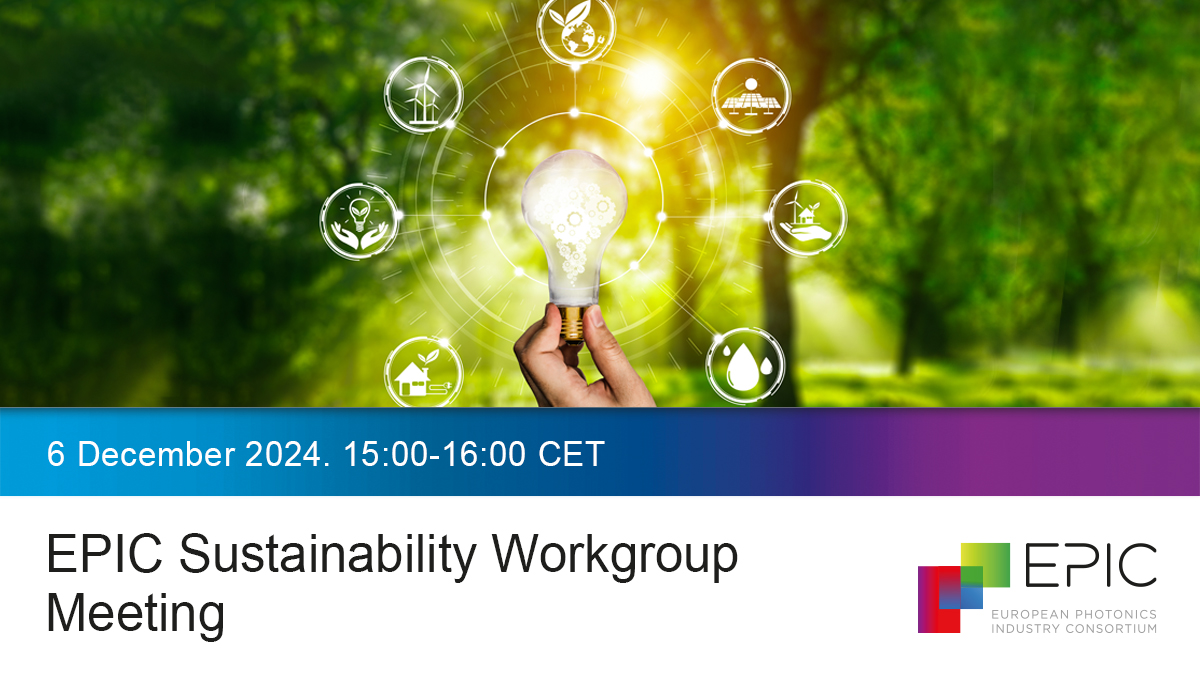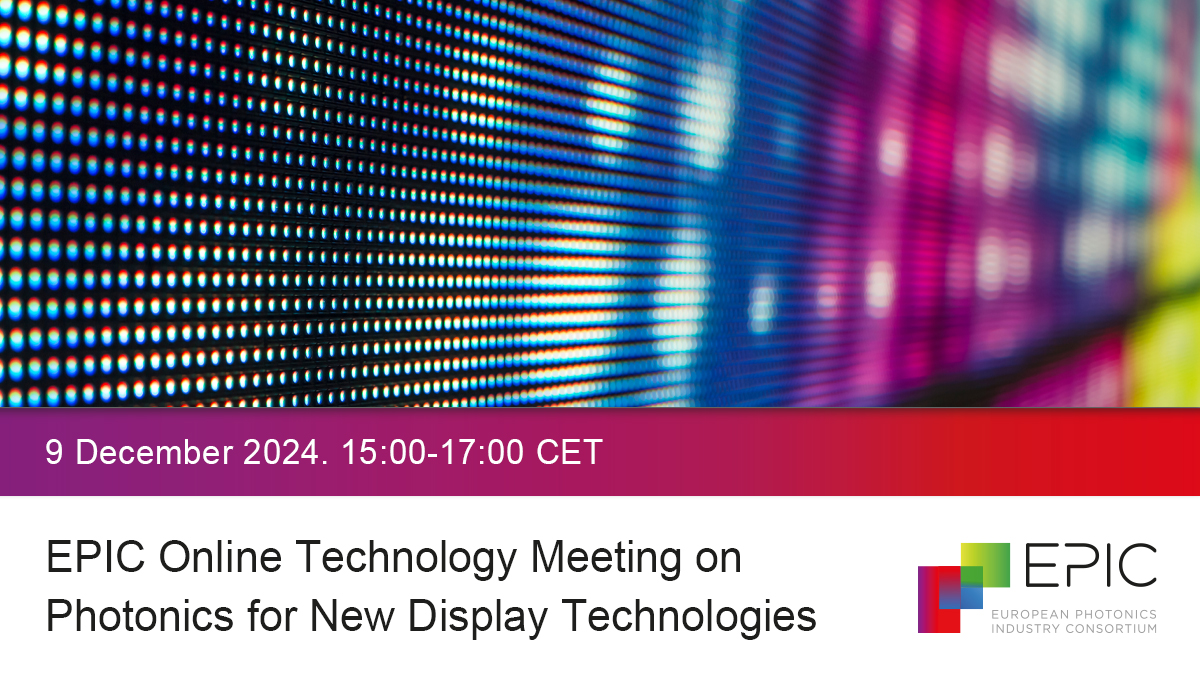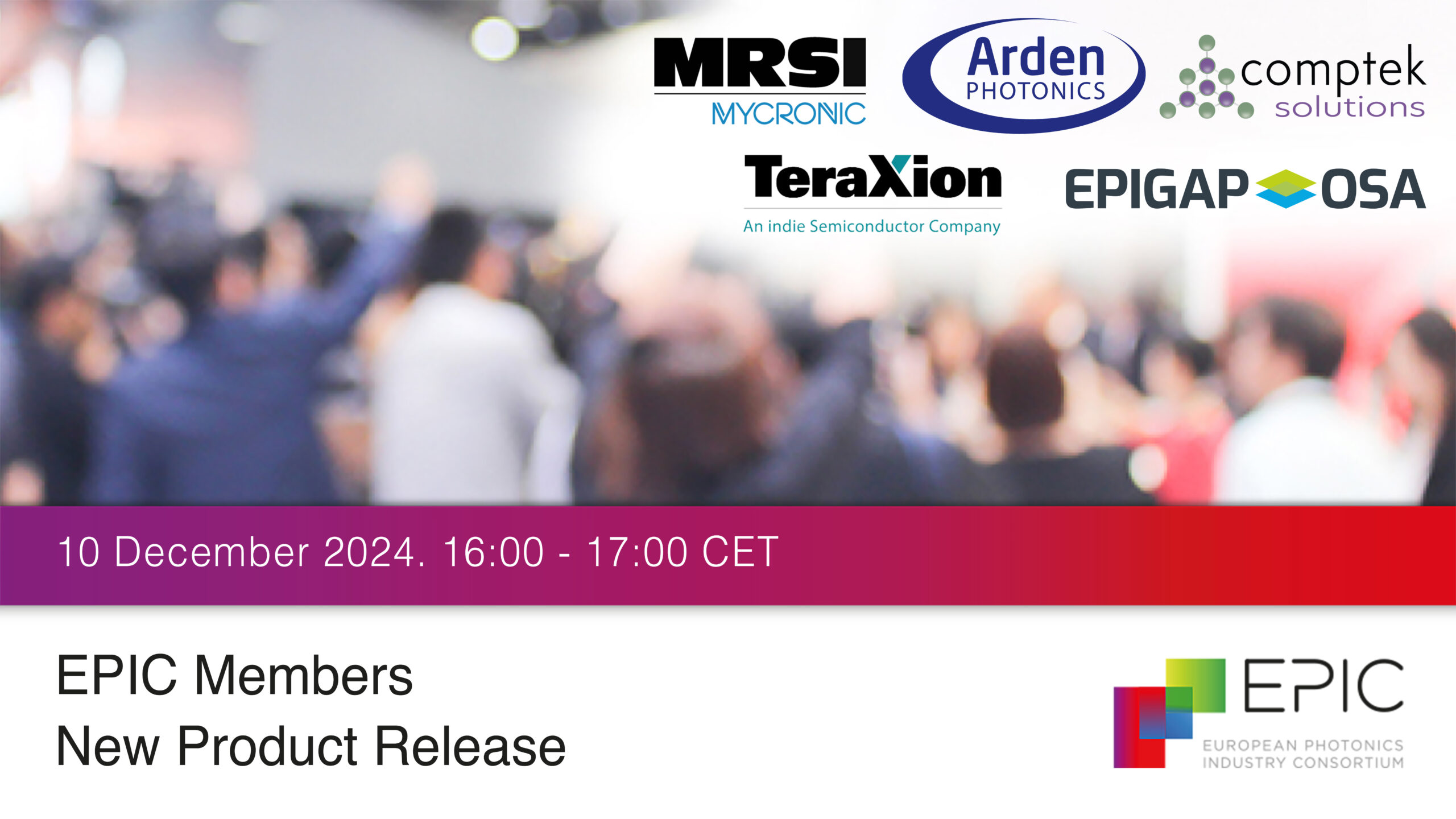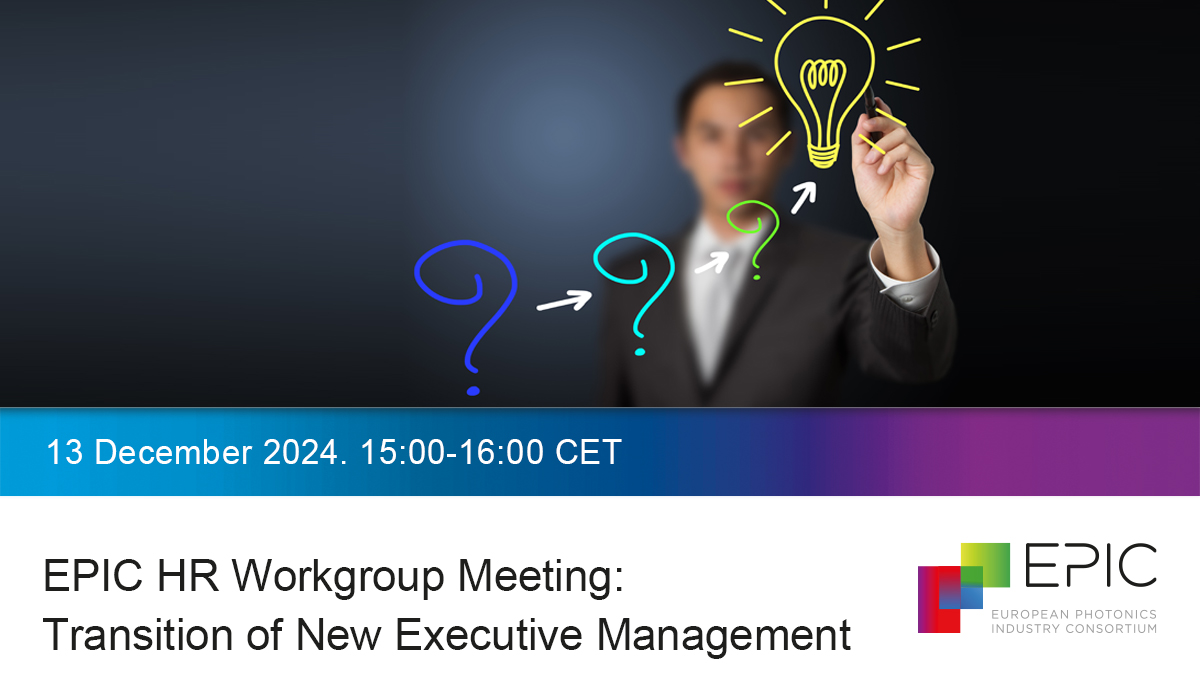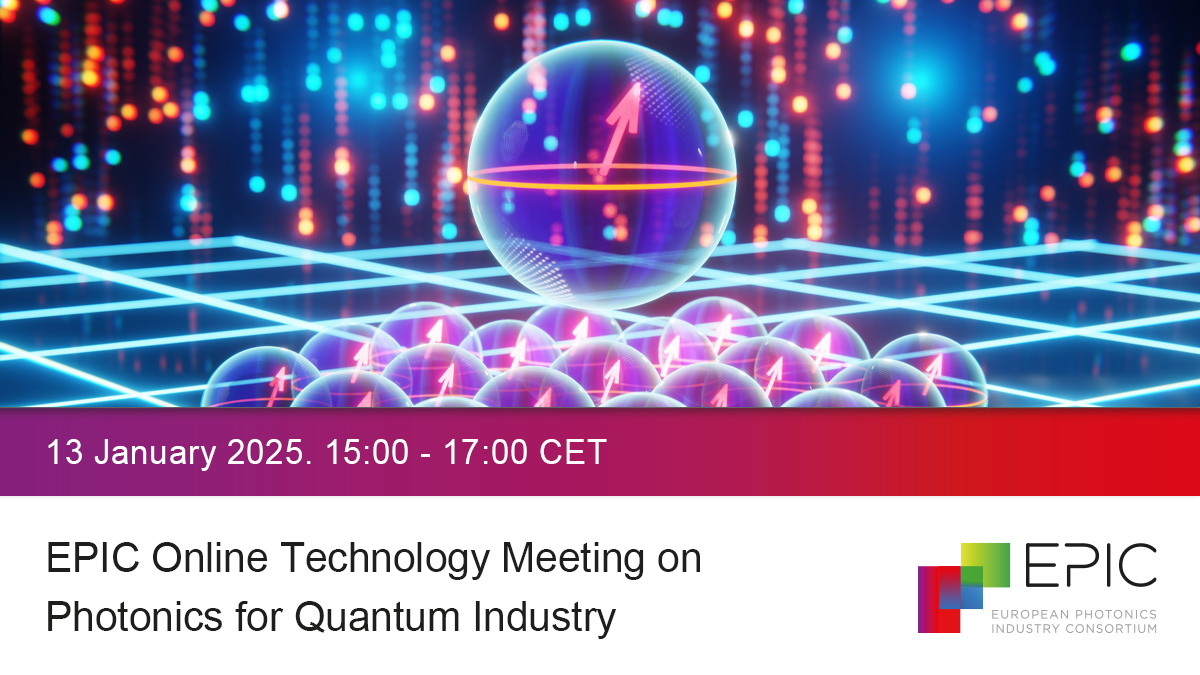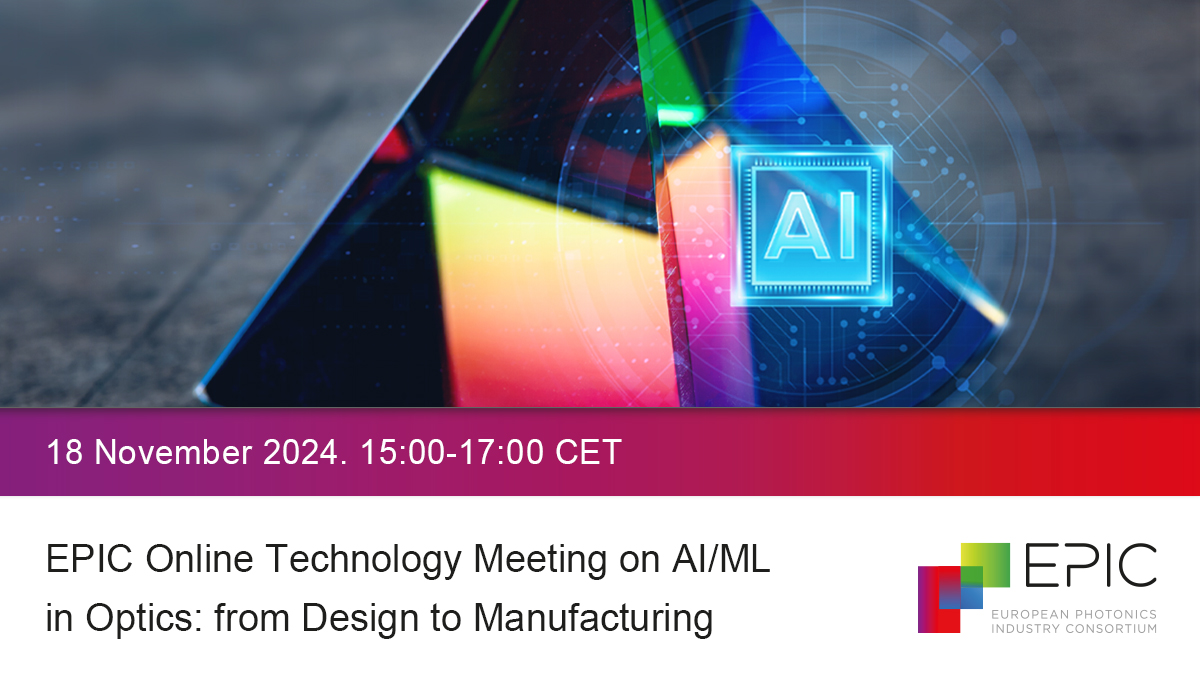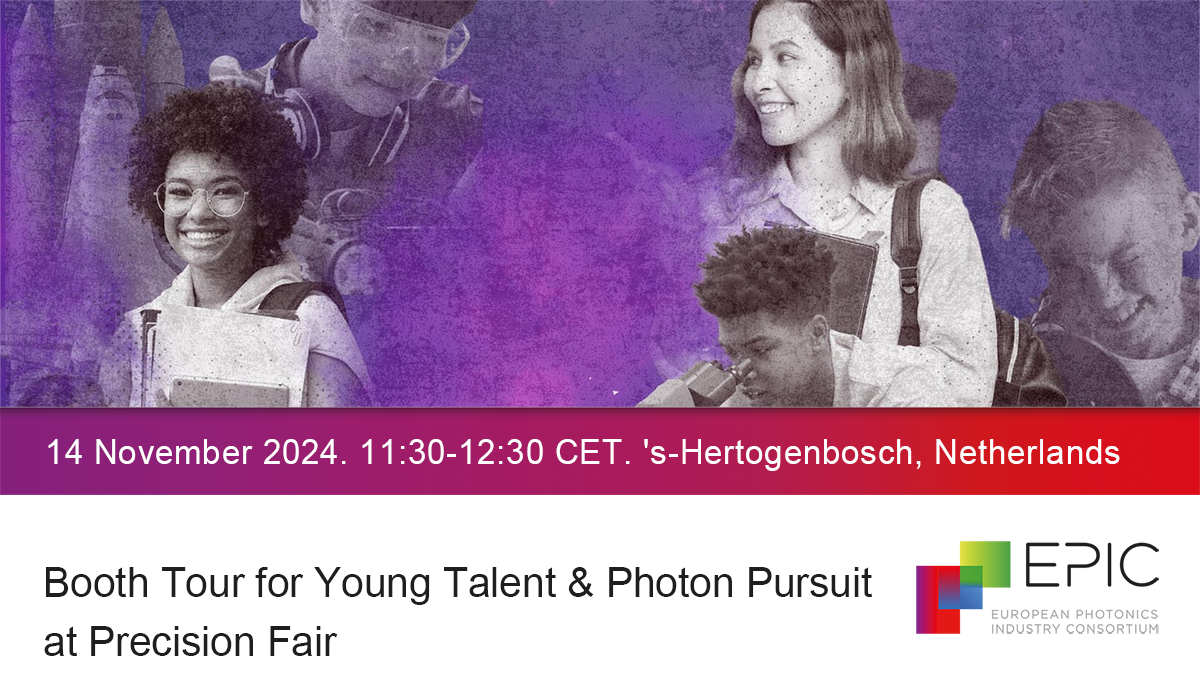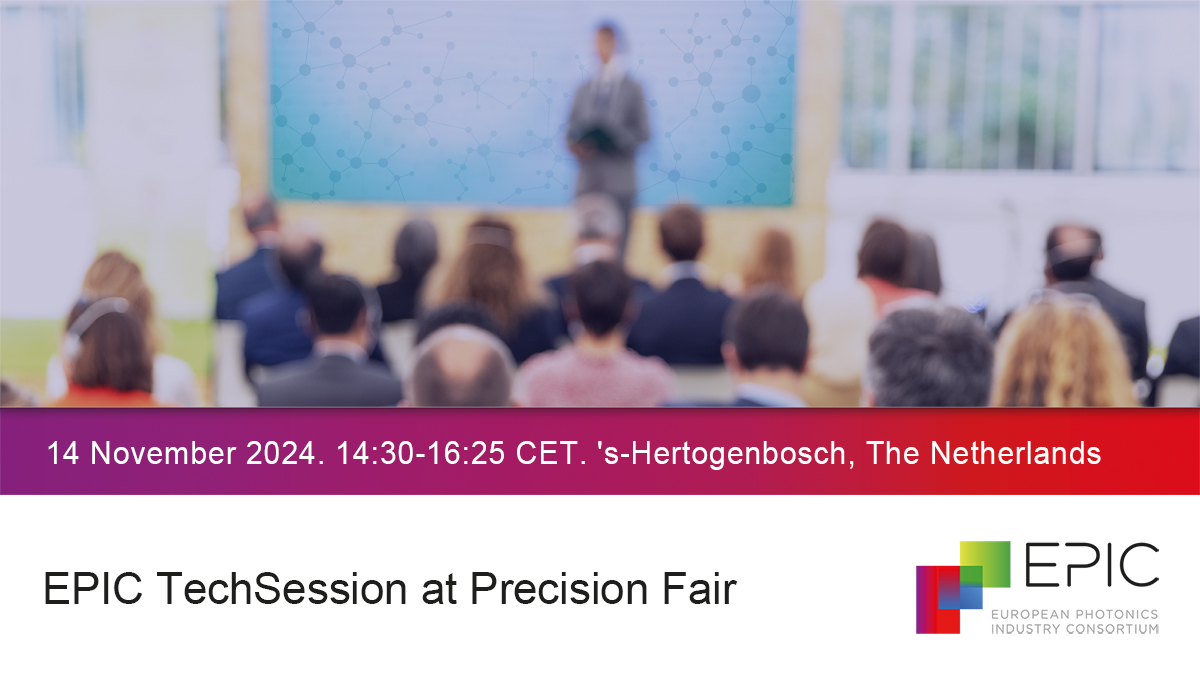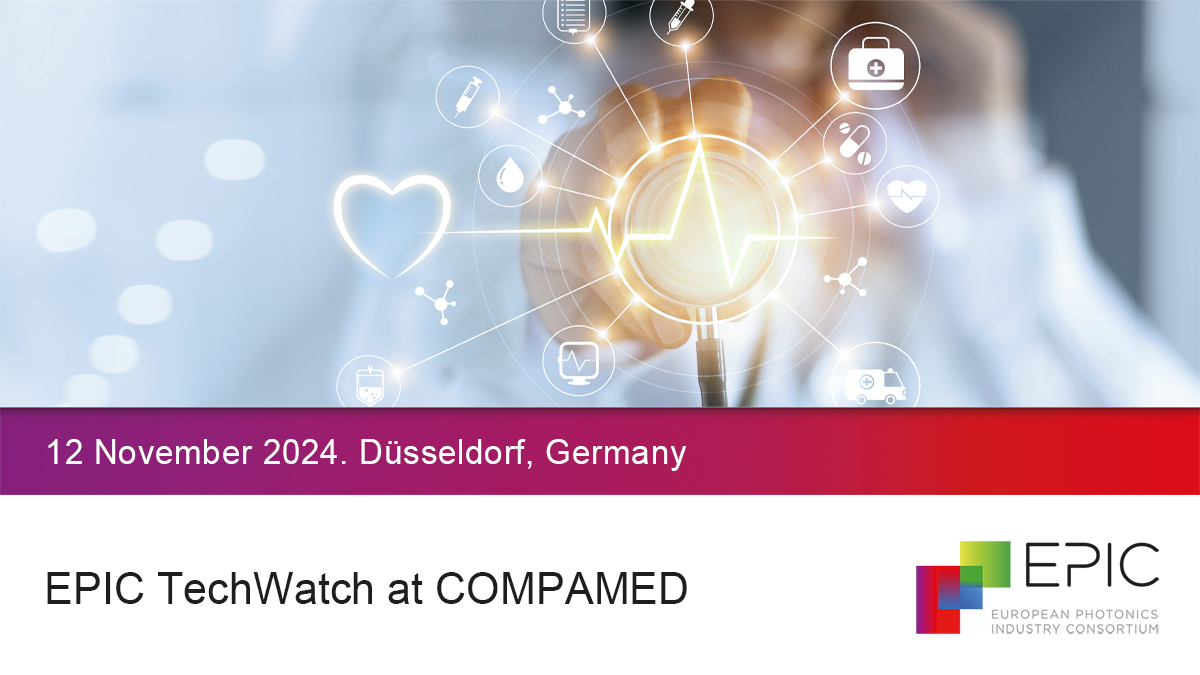Davinder Basuita (Business Development Manager) is a Business Development Manager at Glenair where is responsible for promoting photonic and fibre optic technologies for harsh environment applications. Prior to this, he was Sales Director, EMEA at Emcore Corporation working with high speed photonics technologies for telecom and CATV. Davinder was a co-founder of K2 Optronics (acquired by Emcore Corporation) and, during his earlier career, has held photonics related positions at Pilkington, GEC Marconi, Tyco Electronics and Kymata.
In the last years, photonics is gaining a key enabling technology in space engineering. Optical, opto-electronic, and photonic payloads are currently widely utilized especially for earth observation, sensing and several new payloads based on the same technologies are in the development stage. It is expected that in the next decade, photonics will gain an important role in other sub-system such as data processing/handling and the communications ones.
The purpose of this EPIC event at ESA “photonics at final frontier”, is to critically review the main and most promising emerging technologies addressing new space applications. We will make highly relevant experts from the industry, but also from the R&D, meet together to bring the discussion to another level.
The future of space will be discussed trough 5 sessions, from space-based Lidar technologies, to optical links for inter- and intra- spacecraft communications, including new development for earth observation. We will set up the stage with a session on the role of Human in space exploration, and close the event with a session regarding emerging trends for NewSpace.
Event booklet including participants biographies, photos and companies descriptions is available HERE
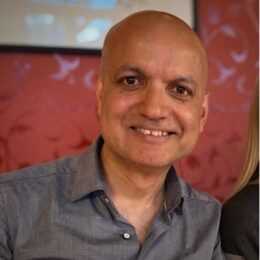
Davinder Basuita (Business Development Manager) is a Business Development Manager at Glenair where is responsible for promoting photonic and fibre optic technologies for harsh environment applications. Prior to this, he was Sales Director, EMEA at Emcore Corporation working with high speed photonics technologies for telecom and CATV. Davinder was a co-founder of K2 Optronics (acquired by Emcore Corporation) and, during his earlier career, has held photonics related positions at Pilkington, GEC Marconi, Tyco Electronics and Kymata.
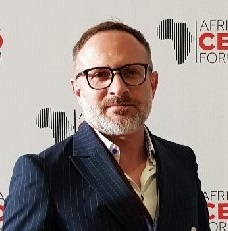
Daniel Vasseur is VP Global Sales for Schott group in EMEA - LATAM and Managing Director of Schott in France. He has an optical engineer background and a professional expertise in Space and Defense on products related to Optics, Technical Glass and Lasers. Thanks to his experience in optical manufacturing processes and coatings during the last 25 years to provide solutions on integrated special glass or optical components.
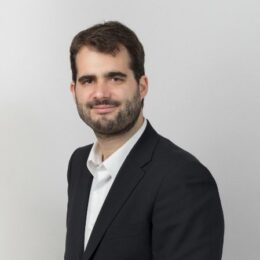
Jean‐Francois Morizur (CEO) is co‐founder and CEO of Cailabs. He invented the Multi‐Plane Light Conversion Technology at the core of Cailabs’ solutions. Before founding Cailabs, Jean‐Francois was Senior Associate at the Boston Consulting Group. Jean‐Francois holds a PhD in quantum optics from the Universite Pierre et Marie Curie and the Australian National University. He received the Forbes’ 30 under 30 Science and Healthcare European award in 2016.
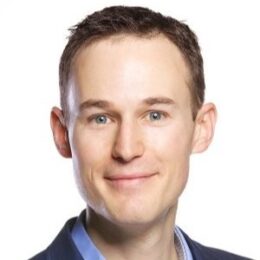
Christophe Pache (Group Leader - Sensing & Control) is responsible for a group of 13 engineers active in system design with a focus on LiDARs, systems control and mechatronics at CSEM. He received his M.Sc. degree in Microengineering in 2008 and his PhD in biomedical imaging in 2012, both from the Ecole Polytechnique Fédérale de Lausanne (EPFL), Switzerland. From 2013 to 2020, he worked as system engineer and project manager for the development of LiDARs and optical systems in general, first in a start-up company and since 2015, at CSEM.
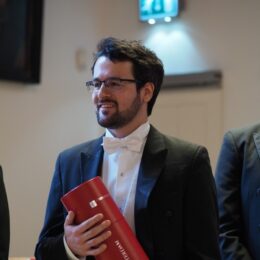
Kévin Cognée (Photonics Engineer) obtained a joint PhD in nanophotonics at the University of Bordeaux (France) and the University of Amsterdam (the Netherlands) under the supervision of Dr. Philippe Lalanne (Institut d’Optique, France) and Dr. Femius Koenderink (AMOLF, the Netherlands) in 2020. He also received a broad and yet thorough education in optics and photonics, ranging from quantum optics to 3D computer vision, as he obtained an engineering degree (equivalent MSc) from the Institut d’Optique in 2015.

Leontios Stampoulidis has nearly 20 years of product development, R&D and entreprenurial experience in the area of photonic components and systems for optical communications. In the field of space photonics, he has been the principal investigatro of a several commercial, ESA and EC-funded projects on the development of prototype-to-protoflight satellite lasercom sub-systems as well as a successful start-up acqusition. In 2018 he has founded LEO Space Photonics, a developer of electronic and photonic transceiver integrated circuits for hi-rel optical interconnect applications. He is leading the company’s product development and he is the co-ordinator of two multi-million R&D programmes funded by the European Comission focusing on satellite constellations and very high throughput satellite photonic payloads. He has a PhD in photonic communication systems, ~100 publications in scientific journals/conferences and is the inventor of 3 patents.
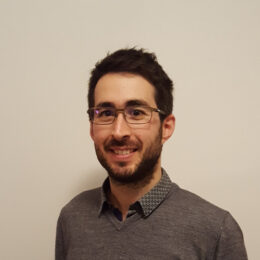
Clément Guyot (Space Products Product Line Manager) has 10 years of experience in integrated photonics on lithium niobate. He received a PhD in photonics in FEMTO-ST laboratory of the University of Franche-Comté in Besançon, France in 2015. He started to work in iXblue as an optical engineer in iXblue photonics and developed electro-optical modulators. He became project manager for space application in 2019 and managed the design and manufacturing of a space-grade optical transceiver. He is now product line manager of space-grade modulation solutions of iXblue Photonics.
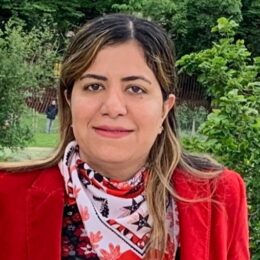
Hakimeh Mohammadhosseini (Photonics Technical Lead) is the Photonics Technical Lead Engineer at Antwerp Space, working on PICbased solutions for satellite radar, RF communication and laser communication applications. She received the M.Sc. degree in Photonics in 2013, followed by a Ph.D. degree in Photonic Integrated Circuits (PIC) in 2018 from University of Aarhus, Denmark. She was a visiting researcher at Gent Photonics Research Group during 2015 and 2018. Currently she works on PICbased solutions and it’s applications in Q/V band frequency convertors, photonic lantern receivers, spaceborne SCORE Radar receivers, and Quantum Random Number Generators (QRNG). Hakimeh is an early career member of Optica and coordinates ESA Young Space Optic Professional Group (YSOP). She is also a committee member of International Conference on Space Optics (ICSO) 2022.
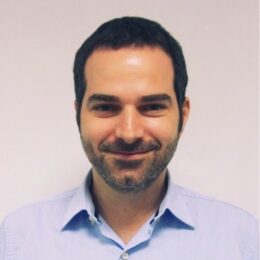
Jordi Riu (CEO) is CEO and co-founder at Beamagine since 2016, MSc in Electronics, MSc in Business Administration and Management and PhD in Optical Engineering. He has developed a PhD related to solid-state MEMS based imaging LIDAR. He has been working in hardware developments for LIDAR imaging along the last 10 years. He holds 12 patents and various articles in scientific magazines.
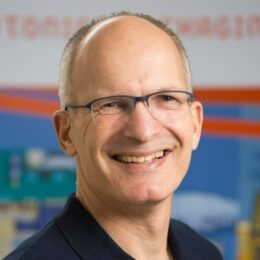
Erwin Vergeest has more than 25 years of experience in the creation and management of innovative optical solutions, of which 20+ years at Silicon Valley start-up companies and is holder of 8 Patents. His professional photonics journey started in 1992 after he graduated in Photonics Engineering in the Netherlands by joining the AMP/Tyco Fiber Optics Division. There he developed optical interconnect solutions like the “LightRay MPX” multi-fiber interconnect system and laser cleaving. In 2000 he relocated to California where he held several positions in engineering and product line management at companies like Tsunami Optics, Novera Optics, Ignis Optics, Bookham, New Focus, Ledengin, Finisar and Luminus before returning to the Netherlands. In October 2021, Erwin accepted a position as Business Developer at PHIX Photonics Assembly where he is responsible for the development of the photonics packaging business.
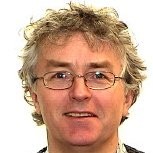
Tor Dokken is Chief Scientist and Research Manager in the Department of Mathematics and Cybernetics in SINTEF Digital research institute in Oslo, Norway. He is the coordinator of the I4MS-project www.Change2Twin.eu targeting Digital Twins for Manufacturing, and is lead scientist from SINTEF Digital in the I4MS project www.Pulsate.eu targeting advanced laser based and additive manufacturing. His focus is on the digital and mathematical aspects of manufacturing with expertise in 3D shape representation both for traditional CAD and Additive Manufacturing with a strong interest in digital twins, their role in the product lifecycle, and the interplay of digital twins with material characterization and simulation.

David Rogers (Director) received his PhD in Solid State Physics from the University of Glasgow (Scotland) in 1990. His early research career at Philips Research Laboratories (Netherlands), Carnegie Mellon University (US) and Nippon Telephone and Telegraph (Japan) focused on magnetic materials for data storage. Dr. Rogers was later Project Manager of a cuprate superconductor start-up company based in Paris. In 2001, he co-founded Nanovation (www.nanovation.com), a French start-up specialised in the development, fabrication and commercialisation of oxide semiconductor epiwafers and nanostructures. Dr. Rogers is the author/co-author of over 30 patents and 130 publications. He is also an organiser and a regular invited speaker at numerous international conferences. In parallel with developing Nanovation, Dr. Rogers has pursued an academic career as a lecturer at the University of St Andrews (UK), an Associate Professor at the University of Technology of Troyes (France) and a visiting Professor at the Indian Institute of Technology (Jodhpur). As well as his role at Nanovation he is also currently an adjunct Professor at the University of Technology of Sydney.
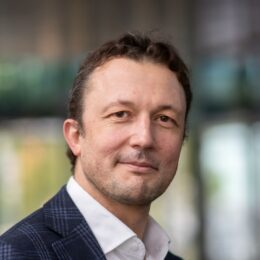
Martijn Heck (Professor) has a PhD in electrical engineering from Eindhoven University of Technology, the Netherlands, on the topic of photonic integration, where he is currently a full professor (since 2020) and the Scientific Director of the Eindhoven Hendrik Casimir Institute (since 2021). Previously, he was a postdoctoral researcher at the Free University of Amsterdam (2008-2009) and the University of California Santa Barbara, US (2009–2013), and an Associate Professor at Aarhus University, Denmark (2013–2020). His research is focused on photonic integration, from technology development, including heterogeneous integration techniques, to applications in sensors, microwave and terahertz photonics, quantum technology and chip-to-chip and on-chip interconnects.
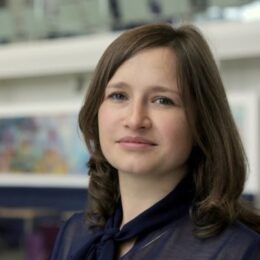
Katarzyna Ławniczuk (Vice President and Senior Photonics Engineer) was awarded a joint Ph.D. degree from TU/e, the Netherlands, and Warsaw University of Technology, Poland, in 2014. Her research focused on Indium Phosphide-based multiwavelength lasers and photonic integrated transmitters. Katarzyna was the coordinator of JePPIX at Eindhoven TU/e from 2013 to 2016.
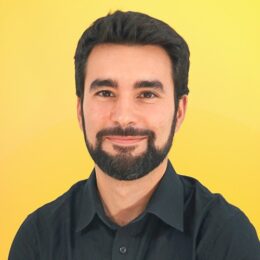
Tristan Allouis is CTO and co-founder of YellowScan. His background are electronic and computer science engineering and PhD in environmental science. His core expertise is lidar technologies applied to mapping application. He is leading the development of the YellowScan company for 10 years.
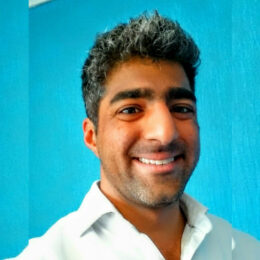
Keval Dattani (Founder & CEO) is a chartered engineer from Imperial College (Nuclear and Mechanical Engineering MEng) specialising in technology R&D and manufacturing, starting his career in nuclear reactor design and manufacture at Rolls-Royce. He has since worked on the STEP fusion reactor at UKAEA before founding Space Power Ltd.

Thomas Laurent (Business Development Director) is a seasoned expert in photonics, quantum technologies and space with more than 20 years of experience in the industry. He was co-founder and co-director of eagleyard Photonics, a Berlin-based manufacturer of laser diodes, which is also very active in various space activities. With his experience from participation in traditional space missions such as GAIA, CATS, CAL and EXO Mars, he moved into that area of new space dealing with satellite communication services. At Rivada Space Networks, he is responsible for business development in vertical markets that require ultrafast connectivity, such as mining, maritime, autonomous driving and GNSS. He holds a PhD in physical chemistry.

Didier Schmitt is head of the strategy and coordination group for human and robotic exploration at the European Space Agency. From 2009 to 2018 he was stationed in Brussels, successively in the European Commission Space Policy Unit, as adviser to the President of the EC on science technology foresight, and at the EU diplomatic service dealing with space and security. Previously he was head of Life Sciences for human spaceflight at ESA-ESTEC and beforehand Associate Professor at the Toulouse medical school and at the International Space University. His educational background is PhD in biosciences and certified medical doctor (including mountain emergency medical care and aerospace medicine). His academic work brought him to various places like Cape Canaveral for scientific experiments on Shuttle-Spacelab programme and to Star City near Moscow for experiments on the Mir space station. In 2016/17 he was part of an Antarctic inland logistics expedition. As a polpularizer, he authored several books and was an active opinion writer in the top French press. He also authored “All you need is Space”, a comic booklet by the EU, distributed at 1 million copies in 25 languages. More recently he started a fiction science comic series (Red Safari) and is chief editor of a magazine-book series on space and exploration (Mook Mars).
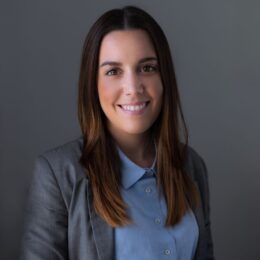

William Renard (International Sales Engineer) graduated from Ecole Supérieure d’Optique (Institut d’Optique Graduate School) in 2009 in Optical and Laser Engineering and then received his PhD in 2012 from Ecole Polytechnique in the field of Fiber Lasers. William spent about 15 years in Laser field in various positions from research engineer at ONERA (The French Aerospace Lab.) to research and development Engineer and Manager in industry. William is within HORIBA France since 2022, and thanks to his specific interest in customer relationship and background in business development and innovation, he is developing the business of Custom Gratings for HORIBA.
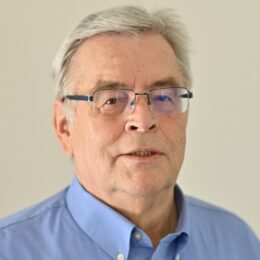
Georg Roell is the Chief Technology Officer (CTO) at RANOVUS. Prior to joining RANOVUS, Georg was a Distinguished Engineer and Senior Director of Operations at Cisco Systems. Georg was co-founder of CoreOptics and held positions as CTO and VP of Operations until its acquisition by Cisco.
Before co-founding CoreOptics, Georg was Director of Lightwave Technology within the Optical Networking Group of Lucent Technologies at Holmdel, NJ, USA. Prior to this, he was R&D director for high-speed and high-capacity lightwave systems at Lucent in Germany.
Georg received the Bell Labs Fellowship for his outstanding contribution to high-speed optical transmission systems. He earned an Ingenieur graduate degree in telecommunications from the Ohm Polytechnikum in Nuremberg, Germany.
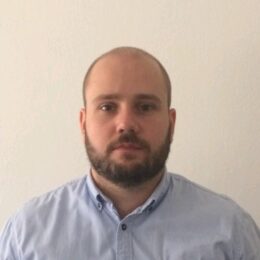
Jiŕí Pavlík (Founder & CEO) is an Power Systems Engineer, entrepreneur, and inventor. In 2017, he set-up Stratosyst as a platform for development of High Altitude Pseudo Satellite with its original purpose of Astronomy observation from Stratosphere. Thanks to Stratosyst he won, with his team, 2018 Galileo Masters Award and is now actively working on prototype development for first stratospheric flight.
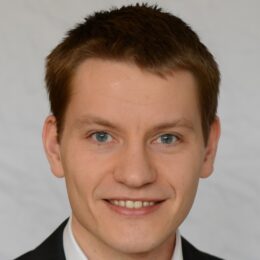
Frederik Böhle (Project Manager) received his PhD in Physics from École Polytechnique and Ms in Physics from Technical University of Munich. He joined Menlo Systems in 2018 and works as Project Manager.

Henk Leeuwis (Vice-President, Strategy and Innovation) obtained his MSc degree in Electrical Engineering at the University of Twente. He has been active in micro/nano system technology for over 35 years. In January 2002, he became Executive VP at LioniX BV (since 2016 LioniX International BV) and, since 2012, he is Vice-President Strategy and Innovation. He has been and is active in numerous European programs as project leader for RTD projects and as proposal evaluator. He is Honorary Founder of the Dutch Micro/Nano Technology Association MinacNed and is involved in numerous governmental task forces and committees. Henk Leeuwis is active in business development for lab-on-chip technology over the last 25 years including collaborations with biotech, pharma and medical partners. He is one of the initiators in establishing an ecosystem in the area of Personalized Medicine and Companion Diagnostics in the Netherlands.
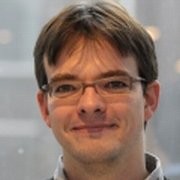
Thomas Kämpfe (LIDAR Systems Engineer) graduated in physics and obtained a PhD with specialization in micro optics in 2009 from the Friedrich Schiller University Jena, Germany. Since then, he has worked on multiple academic and industrial research projects mainly in the domain of diffractive micro-optical elements, plasmonics and lasers, as researcher at the University of Lyon, France. Now he works at JenaOptronik as systems engineer in the LIDAR group, with a focus on general LIDAR design, scan pattern analysis, optical simulations, and hazard mapping applications.

Oliver Pfuhl (Optical Engineer) received a Ph.D. degree in Astronomy from the Ludwig-Maximilian-University, Munich in 2012. From 2012 to 2019, he spent a Post-Doc at the Max-Planck Institute for extraterrestrial Physics in the group of Reinhard Genzel (Nobel Laureate 2020). He played a leading role in the development of the GRAVITY interferometer and the observation of the supermassive black hole at the center of our Galaxy. In 2016, he received the MERAC prize of the European Astronomical Society for his contributions to astronomical instrumentation. Since 2019, Oliver is working at the European Southern Observatory as an Optical Engineer and Researcher, with a special focus on the development of photonic components for ground based astronomy.

Leonardo Gasparini holds a Ph.D. in Information and Communication Technologies from the University of Trento, Italy (2011), working with ultra-low-power camera systems. Since 2010, Leonardo works as a researcher at the Center for Sensors & Devices of Fondazione Bruno Kessler, where he is currently leading the Integrated Readout-ASIC & Image Sensors (IRIS) research unit. Here, Leonardo is engaged in the development of CMOS image sensors, including single-photon detector arrays for Time-of-Flight/LiDAR systems, bio-/medicine, particle physics and quantum optics.
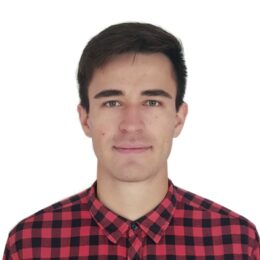
Anton Lukashchuk (Researcher) joined LPQM led by Tobias Kippenberg at EPFL in 2018. His research focuses on integrated photonics, nonlinear optics, frequency combs and LiDAR. He is a recipient of a PhD fellowship offered by European Space Agency - "Photonic integrated coherent LiDAR engine". Within the scope of the project he develops hybrid electro-optical circuit for the next generation LiDAR.
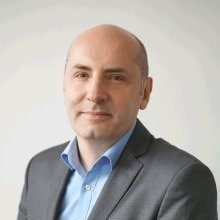
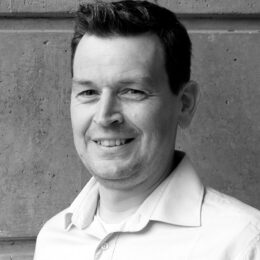
Nils Hoepcke (Lead System Engineer) is currently responsible for the development of Optical Communication Terminals (OCT) for LEO Constellations. In former positions at TESAT he has worked as Lead System Engineer and Project Manager for In-Orbit Support and Operation of OCTs, and as AIV (Assembly Integration and Verification) Manager for OCTs. Before 2012 he worked at AIM Infrared Modules GmbH and developed HgCdTe detectors for space applications. Nils graduated 2007 and obtained a master degree (diploma) from the University of Karlsruhe (Germany) in physics with a diploma thesis on Electrical Spin Injection in InGaAs Quatum Dots.
- Alexander Telle , CEO at ACM Coatings
- Andrés Cifuentes , CEO at ASE Optics
- Antreas Theodosiou , Founder at Lumoscribe
- Anton Lukashchuk , LiDAR Developer at Swiss Federal Institute of Technology Lausanne
- Antonio Guardiani , Application Engineer at Single Quantum
- Axel Guede , Technical Sales Engineer at SEDI-ATI Fibres Optiques
- Brian Shortt , at ESTEC, European Space Agency
- Bruno Leone, Physicist at ESTEC, European Space Agency
- Clement Guyot , Space Products Product Line Manager at IXBLUE Photonics
- Charlotte Bringer, Photonic Components Engineer at ESTEC, European Space Agency
- Christophe Pache , Group Leader - Sensing & Control at CSEM
- Daniel Achenbach , Segment Marketing Manager at Physik Instrumente (PI)
- Daniel Vasseur , Vice President Sales & Market Development at SCHOTT
- Daniela Salvoni , Sales Manager at Photon Technology
- David Rogers , Founder/Director at Nanovation
- Davinder Basuita , Business Development Manager at Glenair
- Didier Schmitt , Strategy and Coordination Group Leader at European Space Agency - ESA
- Dominykas Puzinas , Sales Engineer at OPTOMAN
- Donatas Miklusis , Young Graduate Trainee at ESTEC
- Eamonn Murphy , Laser and Optoelectronics Systems Engineer at ESTEC, European Space Agency
- Eberhard Moess, Senior Expert at Tesat Spaccom
- Eric Markus , Area Sales Manager at Glenair
- Erwin Vergeest , Business Developer at PHIX
- Fabrizio Silvestri , Optical Designer - Architect at TNO Optics
- Florian Emaury , CEO at Menhir Photonics
- Francesca Brambilla , Technical Manager at Tecnottica Consonni
- Frederik Böhle , Project Manager at Menlo Systems
- Georg Roell , CTO at Ranovus
- Gregory Pandraud , VP Research at Ommatidia Lidar
- Giuliano Piccinno , CEO at Bright Solutions
- Guy Ear , CEO at Optosigma
- Hakimeh Mohammadhosseini , Photonics Technical Lead at Antwerp Space
- Henk Leeuwis , Vice President Startegy and Innovation at LioniX International
- Herve Gouraud , Photonics Sales Director at IXBLUE Photonics
- Iain McKenzie , Senior Engineer at ESTEC, European Space Agency
- Ignazio Piacentini , Consultant at IP Consulting
- Jean-François Morizur , CEO at Cailabs
- Jiří Pavlík , Founder & CEO at STRATOSYST
- Jordi Riu Gras , CEO at Beamagine
- Kamil Pierściński , IR Photonics Research Group Leader at Łukasiewicz - Institute of Microelectronics and Photonics
- Karolina Sedlackova , Project Manager at asphericon
- Kasia Balakier , Space Segment Engineer at ESTEC, European Space Agency
- Katarzyna Ławniczuk , VP Senior Photonics Engineer at Bright Photonics
- Keval Dattani , CEO at Space Power
- Kévin Cognée , Photonics Engineer at Ommatidia Lidar
- Kyriaki Minoglou , Optoelectronic Section Head at ESTEC, European Space Agency
- Leonardo Gasparini , Researcher - Head of the IRIS unit at FONDAZIONE BRUNO KESSLER
- Leonardo Masi , Reasearcher at Aerospazio Tecnologie
- Leontios Stampoulidis , Company Founder at LEO Space Photonics
- Maik Frede , Founder and CEO at neoLASE
- Malik Onal , Regional Sales Manager at Edmund Optics
- Malte Ennen , Sales Engineer at ficonTEC
- Mario Usuga Castaneda , Research Manager at Single Quantum
- Martijn Heck , Professor & Scientific Director at Eindhoven University of Technology
- Miriam Perez , Business Developer at MEETOPTICS
- Martin Simon , CEO at Marduk Technologies
- Najib Hatoum, Account Manager at VIAVI SOLUTIONS
- Nils Höpcke, Lead System Engineer at Tesat Spacecom
- Oliver Pfuhl, Optical Engineer at European Southern Observatory
- Ondrej Matousek , CTO at asphericon
- Otakar Kuchař , Structural Engineer at STRATOSYST
- Paulus Van Dijk , Vice President Strategy and Innovation at LioniX International
- Philippe Younès , Gratings & OEM Solutions Director at HORIBA
- Pol Ribes Pleguezuelo , Photonics Engineer at ESTEC, European Space Agency
- Roger Walker, Head of the CubeSat Systems Unit at ESTEC, European Space Agency
- Thomas Kämpfe , System Engineer at Jena Optronik
- Thomas Laurent , Business Development Director at Rivada Space Networks
- Tor Dokken , Chief Scientist at SINTEF
- Tristan Allouis , CTO at YellowScan
- Vidmantas Tomkus, Researcher at FTMC
- Viktorija Piaulokaite , Young Graduate Trainee at ESTEC
- William Renard , Sales Engineer at Horiba
